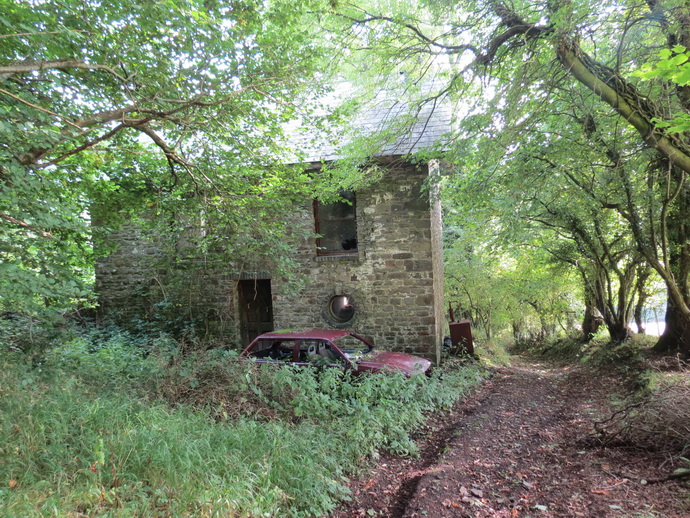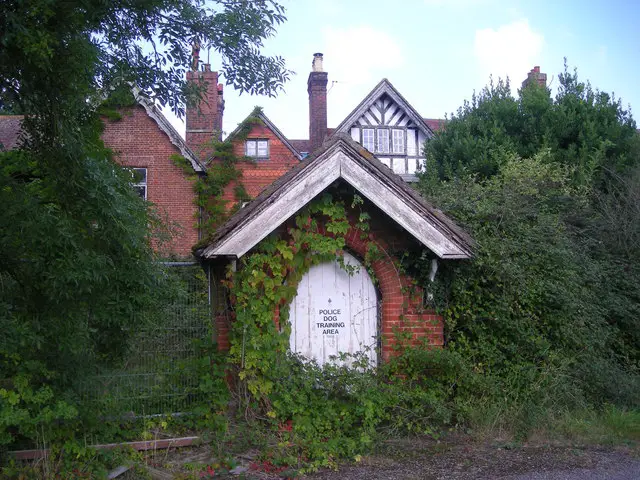
Flying Freehold Indemnity Insurance
If you’re a property owner, flying freehold indemnity insurance is something you should be aware of. Flying freehold occurs when part of the building or structure above a property extends into the airspace owned by someone else. This can be a major problem if something happens to the structure, such as a fire or an earthquake.
That’s where flying freehold indemnity insurance comes in. It will protect you from any financial damages that may occur due to flying freehold. This article will discuss what Flying Freehold Indemnity Insurance is, how it works, and who should be buying it!
What Is Flying Freehold?
If you are buying a property with part of the building overhanging another property, this is known as flying freehold. This most commonly occurs in terraced houses where one house sticks out over another.
Flying freehold can be complicated, and it is worth seeking professional advice before proceeding with any purchase. Flying freehold can affect the property’s value, and it may affect who owns what parts of the building. You could find that your ownership does not extend to anything below the point at which your house extends over someone else’s land or even down to ground level. There is some good information on flying freehold here.
Risks Associated with Flying Freehold
There are three main risks:
- If the lower building or property owner decides to make alterations, they may need to dig into your space to carry out the works. This could cause damage to your home or structural issues that would be very expensive and time-consuming to repair.
- If the lower building owner dies, their estate may sell their property which may mean you need to sell yours simultaneously. This can be time-consuming and expensive, as well as inconvenient.
- The lower building owner’s mortgage lender might not have been aware of a flying freehold arrangement in place, so if they decide to repossess and sell the property, they may not realise there is an upper floor and could end up damaging it while selling it on.
These issues could result in costly repairs and legal fees, but flying freehold indemnity insurance can cover you in such circumstances.
What is Flying Freehold Indemnity Insurance?
Flying Freehold Indemnity Insurance protects the policyholder from financial losses arising from their flying freehold status. The insurance will pay out if the policyholder is forced to sell their property at a lower price than the market value or if they cannot sell their property at all.
Flying freehold indemnity insurance can also cover the cost of any legal fees incurred due to flying freehold.
Flying freehold indemnity insurance is optional, but many mortgage lenders insist on it before they will lend money for properties held as a flying freehold. However, it’s not always easy to know what this type of cover includes.
What Does Flying Freehold Indemnity Insurance Cover?

It’s an insurance policy that covers the costs of potential damage caused by your property to a neighbouring one, or vice versa.
Since most insurance policies are for individual properties and not for areas between two or more properties, flying freehold does not have coverage under a standard insurance policy. This is where indemnity comes in – it protects against loss of value or damage to another property.
The cover applies to your property and any neighbour whose land you share (the neighbour will usually be asked to contribute towards premiums). Flying Freehold Indemnity Insurance can also help you gain access to mortgages on these properties when they would otherwise not be available due to the lack of suitable cover provided by conventional home insurances.
Who Needs Flying Freehold Indemnity Insurance?
You may need flying freehold indemnity insurance if:
- You want to buy a property with a flying freehold (a common example is a multiple-storey building with an attic or basement that overhangs neighbouring land or another property)
- The flying freehold is part of a property chain (say, for instance, you’re selling your home and buying one that has a flying freehold, but the buyer of your home needs to sell their home first)
- You want to remortgage a property with a flying freehold
- You want to buy a property that has a flying freehold above it
In any of these situations, getting a flying freehold indemnity insurance policy in place will give you complete peace of mind.
How Much Does Flying Freehold Indemnity Insurance Cost?

Flying freehold indemnity insurance is not expensive, and the cost will depend on the value of your property.
The cost will also depend on the specific circumstances of each case and could include factors such as:
- How much cover is needed?
- The type of property – if it is in a high-risk area for subsidence or has any other structural issues.
- The construction materials used to build the property – if these are subject to weather erosion.
- If there are any neighbouring properties with similar flying freehold arrangements – if there are, then this may reduce your overall premium as you would not be the only one at risk from any loss or damage to your home
How To Get A Quote For Flying Freehold Indemnity Insurance
Flying freehold indemnity insurance is available from many solicitors, estate agents and conveyancing companies. One such insurer is First Title, the UK’s largest title insurance provider, with over 30 years of experience. They have several options available, including their Flying Freehold policy, which provides indemnity against losses that result from a legal claim or notice relating to the flying freehold section of your property.
Flying Freehold Indemnity Insurance When Buying a Home
You might need Flying Freehold Indemnity Insurance as part of the conveyancing process. This is usually required when a portion of your home is shared with another property. For example, if you have a flat extending over your neighbours’ garden, you’ll share an area of land, but only one will own it (a flying freehold). The freehold can be indifferent ownership of the building, resulting in complications when you want to buy or remortgage your home.
Flying Freehold Indemnity Insurance helps resolve these issues by compensating for losses that can arise from shared ownership or leaseholder issues. You’ll need this insurance if there are problems finding out who owns a flying freehold, and sometimes even if there aren’t any problems.
You might also be interested in:
- Unoccupied Property Insurance
- 5 Ways To Save Money On Empty Home Insurance
- Buildings Insurance for Empty Houses
